Wood Eyeglasses & Frames for Men & Women








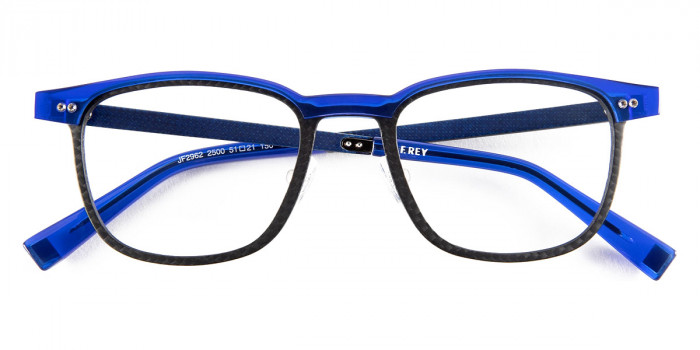






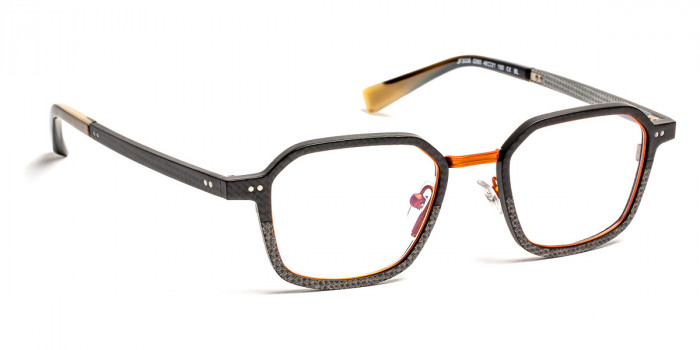






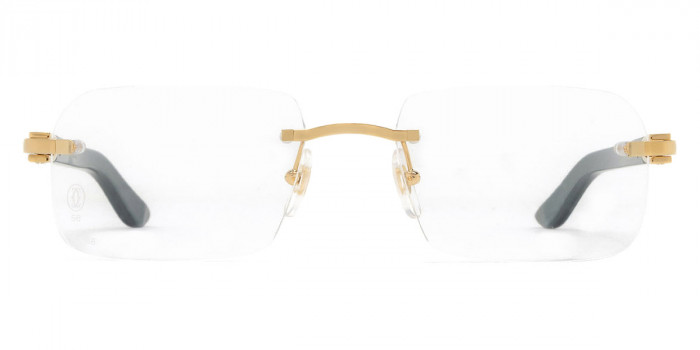
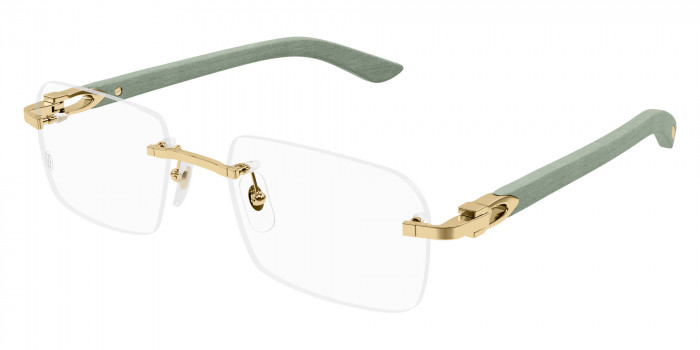








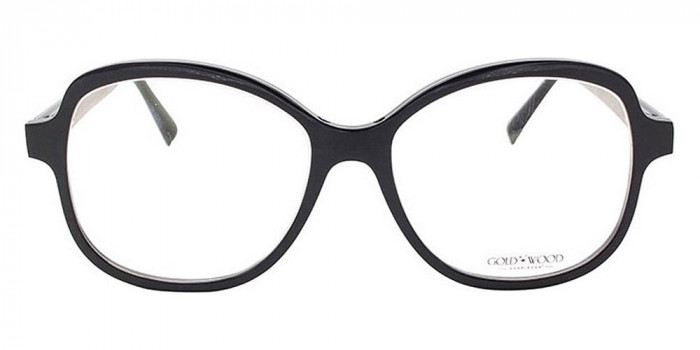









In modern eyewear industry, a variety of materials is used to create models of spectacle frames that are very different in appearance and properties. Different alloys and materials were invented for producing durable, light and convenient frames. Basically, the material for glasses is divided into metal, plastic, natural and combined. Natural materials - wood, horns, tusks, bone, tortoise shell, leather - are used less frequently than plastic and metal. Such raw materials are very expensive as frames made from them are mostly handmade. In spite of the high price of wooden eyeglasses true fashion lovers choose them for uniqueness, exclusivity, naturalness and pleasantness to the touch. There are known advantages of wooden frames which are valuable such as environmental friendliness, hypoallergenic properties, high aesthetic qualities and originality of design. Frames made of these materials are elite. The only drawback of such glasses is their high cost. At the same time, this applies to almost any model made from natural raw materials. For the manufacture of frames the following species of wood are used: walnut, birch, oak, cherry, maple, bamboo and aspen. Ebony, sandalwood and black African wood are also suitable. An original solution is to combine several materials in one model. Wooden eyeglasses are distinctive not only for impeccable design but also for keeping warmth and energy of nature.





